Hi, I am John Femi.
UIUX and Frontend Engineer.
Currently a Lead Frontend Developer at iRecharge Tech Innovations.
Expert at bridging the gap between design and development.
Portfolio Highlights
A selection of applications I’ve designed and built.
Tools & Technologies
Tools i use to design and Develop Application Systems
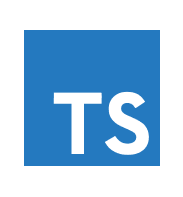
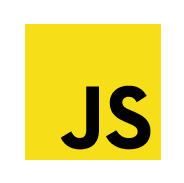
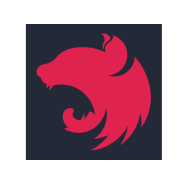
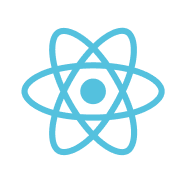
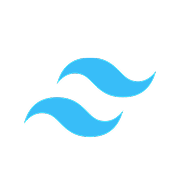
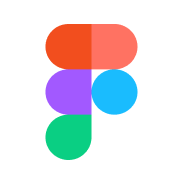
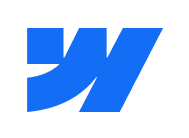
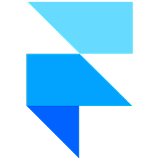
Core Skills
I am a UX Designer and Frontend Engineer
UI/UX and Product Design
UI/UX and Product Design
An Experienced UI/UX and Product Designer with 5 years of experience Designing meaningful Web and Mobile Applications across various industries such as Fintech, Agrotech, Education, e-commerce, and Logistics with 3 years of experience in leading design teams, working with component libraries including building and managing design systems accross various products.
Frontend Development
Frontend Application Development
Frontend engineer having 5 years of experience crafting clean and functional user interfaces and web applications using, JavaScript, Typescript, React.js, Next.js, Redux, Tailwind css, and other No-Code Tools such as Webflow, Framer, Dora, and WordPress. I am committed to writing clean, scalable, and reusable code to deliver engaging, interactive and visually appealing frontend applications.
Youtube Channel
Teaching UI/UX & Web Development to 20,000+ Subscribers on My YouTube Channel
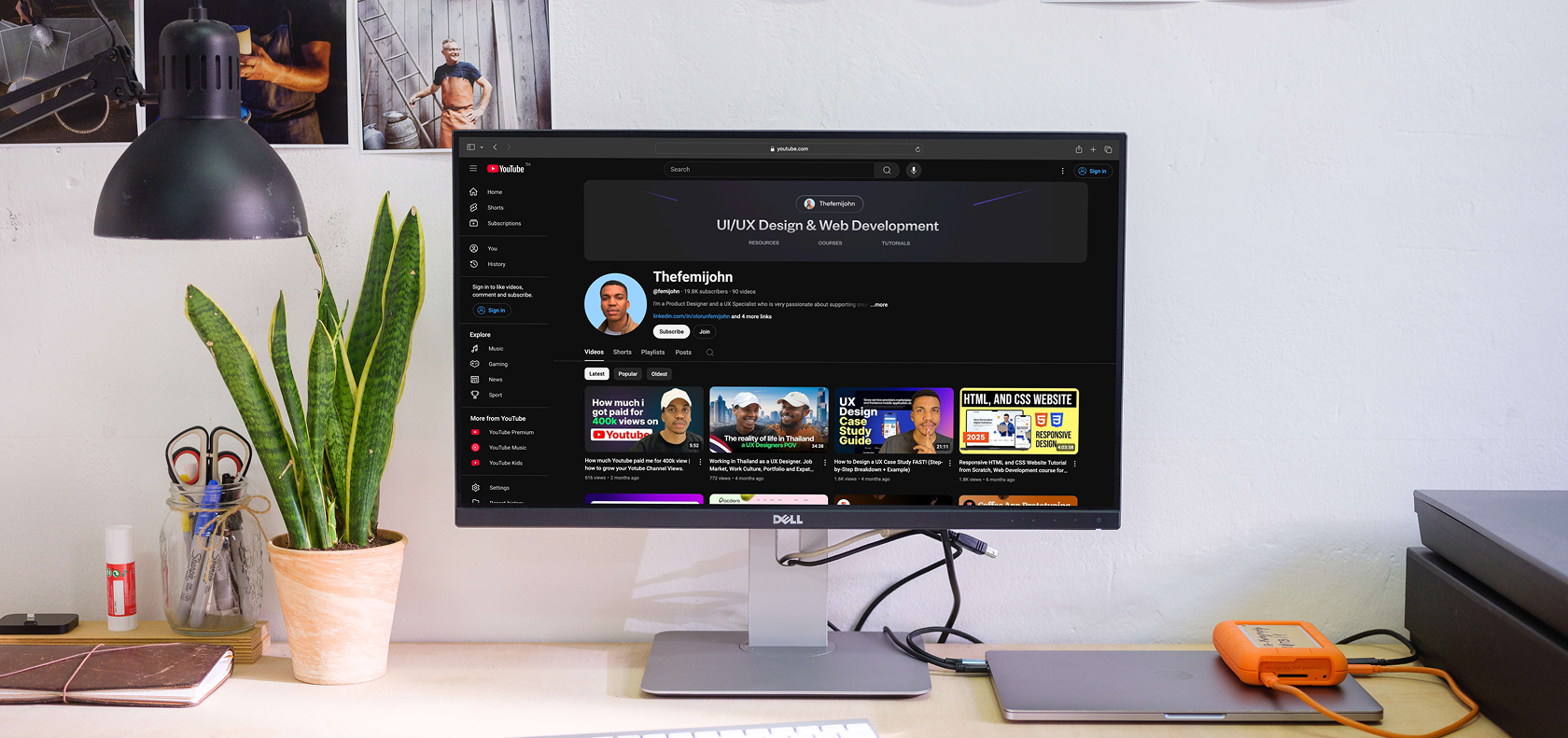
MY WORKFLOW
My 3 Steps Approach
to solving UX Design Problems
I am using the Design Thinking Process as the primary framework for solving design problems. I have simplified this into 3 major categories of iterative actionable work. And here is a concise summary of what is being done in each stage.
Step 1.
Empathizing with Users and Conducting Research
The very first step is to understand the problem and its business impact by planning and conducting research based on nature of the problem, Available resources and Time constraints. Insights from these research are then used to inform the ideation stage
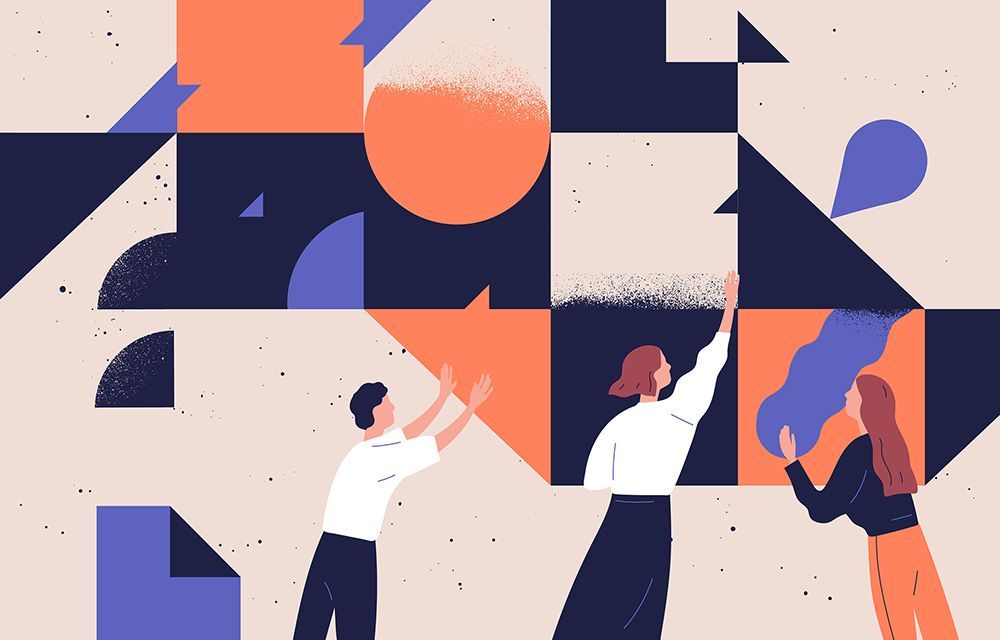
Step 2.
Ideation, Low and High Fidelity Protypes
Ideas for possible solution are designed (through wireframes and low-fidelity prototypes ), tested and iterated based on design insights. final Insights from usability test are used to design Mockups and High fidelity designs
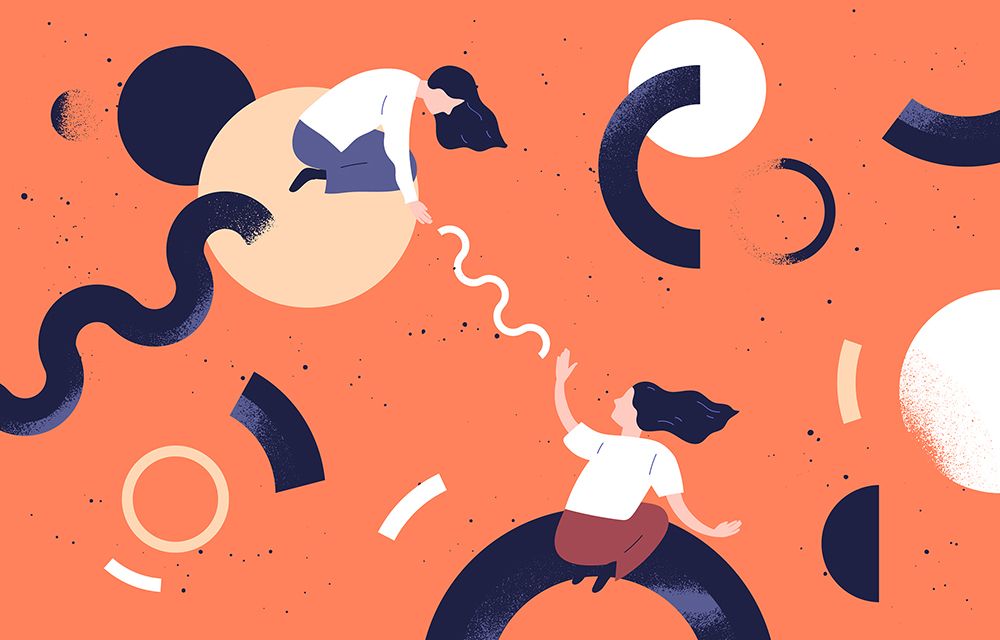
Step 3.
Document, Hand-off and Post Lunch Research
Completed designs are properly documented and handed-off to the developers/engineers. After the product have been lunched. A post lunch research is required to understand how these designs are being used and its overall impact on the product build.
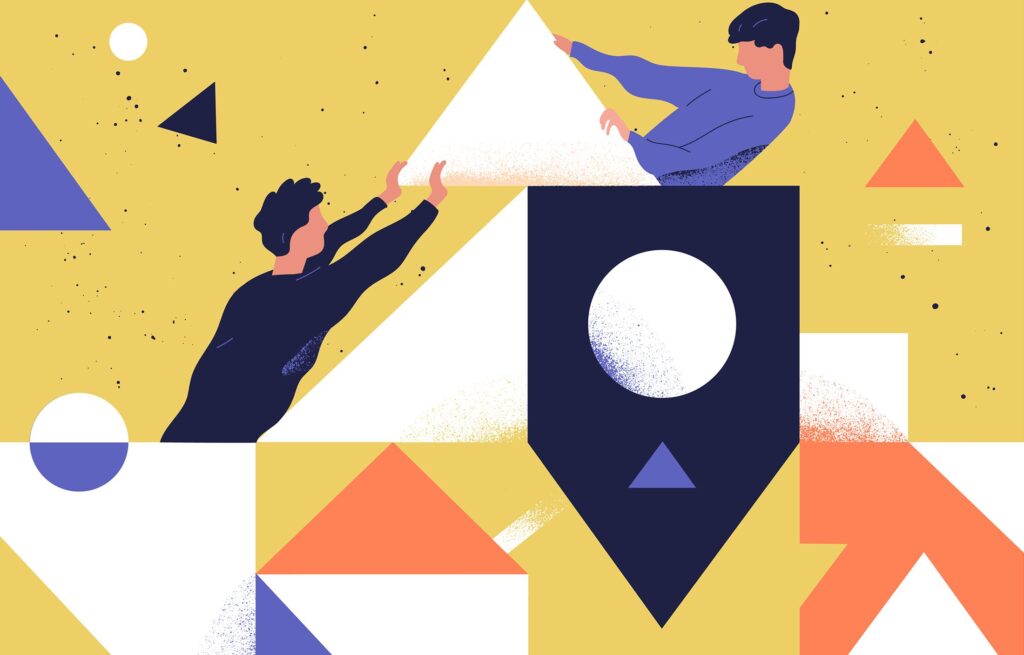
collaboration
Got a project?
Let’s talk.
The Intersection of the Design and Engineering Knowledge I have helps create a seamless and feasible approach to solving UX problems.





